Amending a bed with lots of clay-- is "compost with manure" ok?
Catherine Di Stasio Morgenstern
8 years ago
Featured Answer
Sort by:Oldest
Comments (9)
nancyjane_gardener
8 years agoRelated Discussions
Carrot Beds - How to Amend Clay Soil
Comments (8)I had heavy clay in one bed and found out from the folks on the Soil, Compost & Mulch forum to never use sand to loosen clay soil. Even though it seems logical to add sand, it actually will turn your soil to something like cement. Add some nice loose compost and keep working on it. Last year that bed had such heavy clay that I turned it into a lasagna bed and got a HUGE yeild of squashes. We had great luck with doing what marlingardener suggested. My carrot bed was poor rocky soil so I sifted it and made a raised bed with lots of compost. We planted the carrots using Dick Raymonds wide rows method of planting and got a really good yield of Danvers half long. Check out the other forum for great tips on improving your soil. Good Luck....See MoreAmending soil with composted manure for flowerbed...............?
Comments (7)Manure is one soil amendment but it should not be used alone. Manure should be used with other vegetative types of organic matter so it will work better in the soil. Most likely you soil in Massachussets will be clay and you will need more than manure to make it workable. Start you project by contacting your local office of the UMASS Cooeprative Extension Service about a soil test for base nutrient and soil pH levels and then dig in to that soil with these simple tests to see what you have there: 1) Structure. From that soil sample put enough of the rest to make a 4 inch level in a clear 1 quart jar, with a tight fitting lid. Fill that jar with water and replace the lid, tightly. Shake the jar vigorously and then let it stand for 24 hours. Your soil will settle out according to soil particle size and weight. A good loam will have about 1-3/4 inch (about 45%) of sand on the bottom. about 1 inch (about 25%) of silt next, about 1 inch (25%) of clay above that, and about 1/4 inch (about 5%) of organic matter on the top. 2) Drainage. Dig a hole 1 foot square and 1 foot deep and fill that with water. After that water drains away refill the hole with more water and time how long it takes that to drain away. Anything less than 2 hours and your soil drains too quickly and needs more organic matter to slow that drainage down. Anything over 6 hours and the soil drains too slowly and needs lots of organic matter to speed it up. 3) Tilth. Take a handful of your slightly damp soil and squeeze it tightly. When the pressure is released the soil should hold together in that clump, but when poked with a finger that clump should fall apart. 4) Smell. What does your soil smell like? A pleasant, rich earthy odor? Putrid, offensive, repugnant odor? The more organic matter in your soil the more active the soil bacteria will be and the nicer you soil will smell. 5) Life. How many earthworms per shovel full were there? 5 or more indicates a pretty healthy soil. Fewer than 5, according to the Natural Resources Conservation Service, indicates a soil that is not healthy These will help you know what you need to do to make that soil into something good and healthy that will grow strong and healthy plants....See Morebest tool to till in amendments on large lot
Comments (22)Using a tiller produces a finer grade of particle which seems fine when planting but it also means that when it settles and it will it packs more tightly; therefore your garden/yard soil will pack harder even if one never walks on it. Many people keep saying you never have to go deeper than x inches which means x inches of soil is worked and worked and worked and worked and worked till it is devoid of any natural material it once had. My gardens, combined, are only approx. fifty by sixty feet plus or minus but I usually every year dig at least one, more often two, holes approx. four by four, plus or minus at least sixteen inches deep and bury plant debri plus kitchen wastes and what ever I have in those holes to keep the sub-soil as rich as possible. The soil that was in the bottom of these holes also becomes the new top soil. Of late I have been shallow planting my potatoes but when I deep plant they are a minimum of eight inches deep and I do not want them sitting on pathetic sub-soil. No matter what some may say, especially those who use raised gardens and do not deal with the natural soil, rippers or sub-soil machines were developed for a reason. If you can get richer sub-soil, DO it, you only gain, you will lose nothing. Do not forget some trees have deep tap roots and the entire root area of others is very shallow which can be seen when they blow over....See Moresilt and clay as amendment
Comments (37)I'm not sure exactly what part you're saying is mythical. From what you've posted: "Coarse Sand or Gravel Subsoil Fine soil overlaying coarse sand or gravel subsoil must become very wet before water will move down through the large pours of the subsoil. Under these conditions, the overlying soil holds up to two or three times as much water as it would if the course subsoil were not present" And that's exactly what I was talking about. The water "perches". It's not actually 100% saturated but it is water that is perched until you apply enough for gravity to suck it down into the subsoil. With proper irrigation management, you can perch the water where you want it and use that effect to your advantage. Of course, that saturated zone (not actually 100% saturation but close enough for the girl's I go with, as my grandfather use to say) Will be bigger in a fine soil over gravel due to greater capillary action but it will still be there in a sand over gravel. You might have a 5 or 6 inch layer of saturation in a heavy soil over gravel and a 1 or 2 inch layer in a sand over gravel. In the paragraph above that, your reference states (when placing a find soil over sand): "When water passes through a fine layer and reaches a layer of coarse sand, it stops until enough water accumulates to nearly saturate the fine soil" Note the use of the word "stops". Again, this happens when going from a sand to a gravel due to a difference in capillary action of the two different layers. Again, this is the effect that we use to "perch" water where we want to so the roots can get to it. As far as a clay layer goes, you're right. You can perch water that way too. "Clay Layer When water reaches the clay, the very fine pores of this layer resist water flow. Although water does pass through the clay, it's penetration is so slow that water tables often build up above the clay." In that condition, note that water actually moves but slowly rather than coming to a dead stop like it does when you put a finer material over a coarser material as discussed previously. However, your zone of saturation will be larger and you can't "push" water into the subsoil when you need to by applying a bigger head of water. It will just perc as slow as the clay will allow it to move and no faster. It's harder to control soil moisture that way. Both of these conditions become less and less important the deeper in the profile the textural interface is but when the interface exists relatively near the surface, either by accident or design, it can be an advantage or a liability depending on intent and management practices. ("Or so the legends of yore go.", I suppose I should say)...See Morekimmq
8 years agotoxcrusadr
8 years agogardengal48 (PNW Z8/9)
8 years agokimmq
8 years agoCatherine Di Stasio Morgenstern
8 years agomad_gallica (z5 Eastern NY)
8 years agokimmq
8 years ago
Related Stories
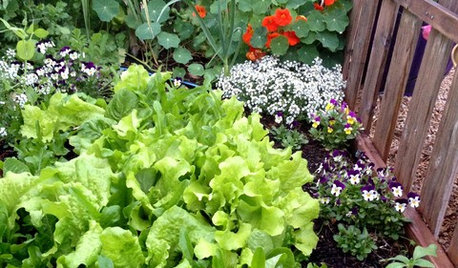
GARDENING GUIDESThe Poop Scoop: Enrich Your Soil With Good Old Manure
Get over the ick factor already — this natural super-ingredient for soil has so many benefits, you'll wonder why you ever went chemical
Full Story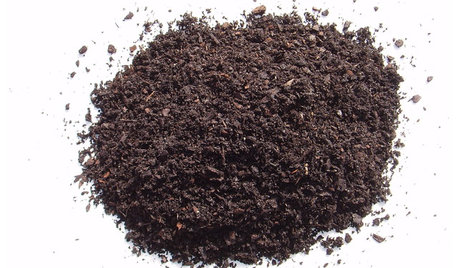
GARDENING GUIDESGet on a Composting Kick (Hello, Free Fertilizer!)
Quit shelling out for pricey substitutes that aren’t even as good. Here’s how to give your soil the best while lightening your trash load
Full Story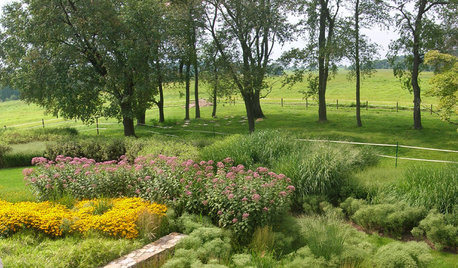
GARDENING GUIDESHow to Stop Worrying and Start Loving Clay Soil
Clay has many more benefits than you might imagine
Full Story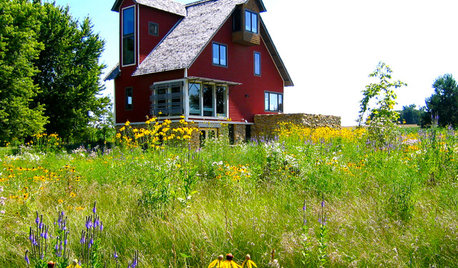
GARDENING GUIDESGardening Solutions for Heavy Clay Soils
What’s a gardener to do with soil that’s easily compacted and has poor drainage? Find out here
Full Story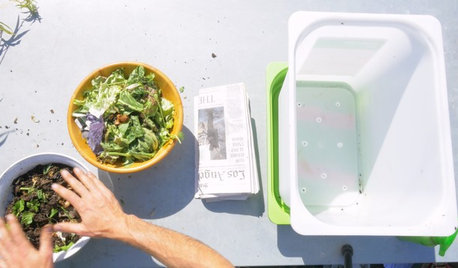
GARDENING GUIDESHouzz TV: Make a Worm Bin for Rich Soil and Happy Plants
A worm-powered compost bin that can fit under a sink turns food scraps into a powerful amendment for your garden. Here’s how to make one
Full Story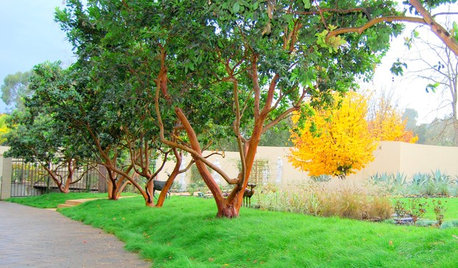
GARDENING GUIDESGarden Myths to Debunk as You Dig This Fall and Rest Over Winter
Termites hate wood mulch, don’t amend soil for trees, avoid gravel in planters — and more nuggets of garden wisdom
Full Story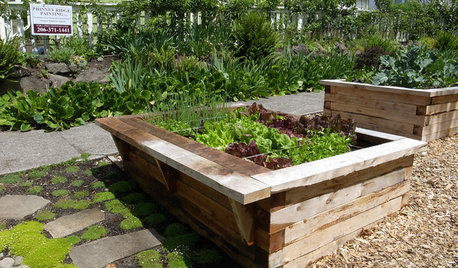
FARM YOUR YARDHow to Build a Raised Bed for Your Veggies and Plants
Whether you’re farming your parking strip or beautifying your backyard, a planting box you make yourself can come in mighty handy
Full Story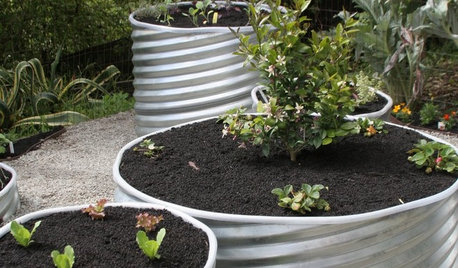
GARDENING GUIDES8 Materials for Raised Garden Beds
Get the dirt on classic and new options for raised vegetable and plant beds, to get the most from your year-round garden
Full Story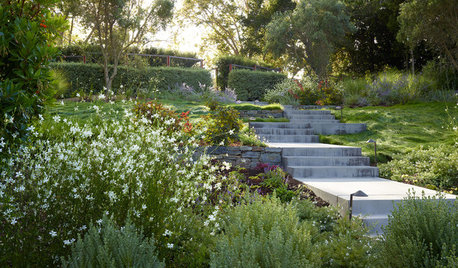
EARTH DAY5 Ideas for a More Earth-Friendly Garden
Consider increasing the size of garden beds, filtering rainwater and using plants to reduce energy use
Full Story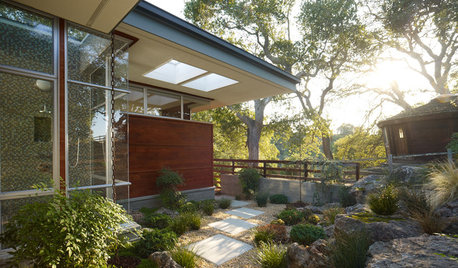
LANDSCAPE DESIGNSoak It Up: How to Manage Stormwater in Your Landscape
Permeable paving, gravel beds and planted areas in your yard can absorb and cleanse stormwater runoff. Here's how it works
Full Story


grubby_AZ Tucson Z9